There’s an old rule in the theatre that you don’t have to go on if there are more people on stage than in the audience. Last night I counted less than 15 people listening in the cavernous auditorium of the Royal Festival Hall pitted against a fairly full-sized Philharmonia (with the now familiar onstage social distancing) but the show went on anyway, for the benefit of an unknown number of people watching the livestream. It made for a somewhat dispiriting experience in the hall. I enjoyed the Philharmonia’s virtual Prom last month and I’m prepared to concede that this concert may have come over better on the stream than it did for me – I haven’t had a chance to watch it yet – but I was left with a feeling that I’d watched a high-class rehearsal, missing the final extra five percent.
The repertoire choice ranged widely within its realm of American composers. Florence Price has gone in record time from being a neglected voice to being widely programmed (which is to be welcomed) but the Philharmonia dipped its toe into the water by choosing her light, late work Dances in the Canebrakes (1953) rather than something more substantial. It was fascinating to hear it alongside Steve Reich’s ultra-minimalist Music for Pieces of Wood, written only 20 years later but from a different musical universe.
We started with the classic Americana of Copland’s Appalachian Spring. It was a good choice for an orchestra with half the usual strings, as it doesn’t need a lush sound, but rather to keep contact with its original 11-instrument scoring. This gave a vulnerability to the outer sections, coloured with oboe and flute solos (Tom Blomfield and Charlotte Ashton). Conductor Santtu-Matias Rouvali, incoming Principal Conductor, is not a less-is-more conductor: his gestures tend to the florid, even balletic. He captured nicely the rubato in the third section, but perhaps lacked a bit of snap in the faster, spikier passages: I wanted a bit more edge. 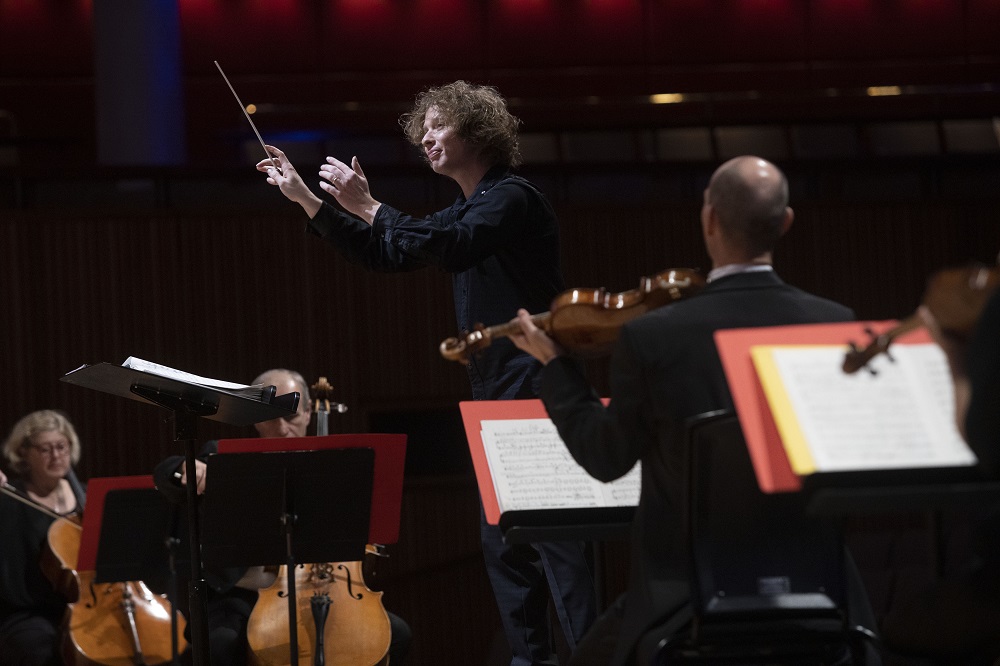
At Rouvali’s first Philharmonia concert after the announcement of his succeeding Esa-Pekka Salonen he stole the show by giving an encore from the marimba. Last night he also doubled as percussionist, albeit in less virtuoso terms, playing one of the pieces of wood in Reich’s Music for Pieces of Wood. He chose for himself the role of pulse keeper, while four other percussionists wove rhythmic patterns around each other. It is a good example of early Reich, uncompromising in its exploration of a simple additive process, and the four players, in the spotlight both literally and figuratively, gave an enjoyable, relaxed performance.
Stravinsky’s Dumbarton Oaks concerto is a favourite of mine, but not often heard in London concerts. It nods heavily in the direction of Bach’s Brandenburg concertos, particularly the third, in its neoclassical appropriation of Baroque counterpoint within Stravinsky’s distinctive, piquant harmonic language. It is a miracle of scoring – the instruments weave in and out of each other, now a unified ensemble, now a collection of solo voices. The lithe flute, Emily Hultmark’s rumbling bassoon (Stravinsky wrote so distinctively for bassoon) had their moments, but best of all were the chorales at the end of the first two movements, when the strings became like viols, eschewing vibrato, magical and strange.
- Video on-demand tickets available soon on the Philharmonia's website
- More classical music reviews on theartsdesk








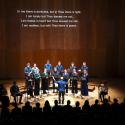
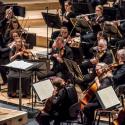
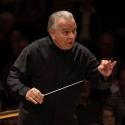
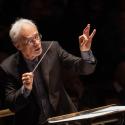
Add comment